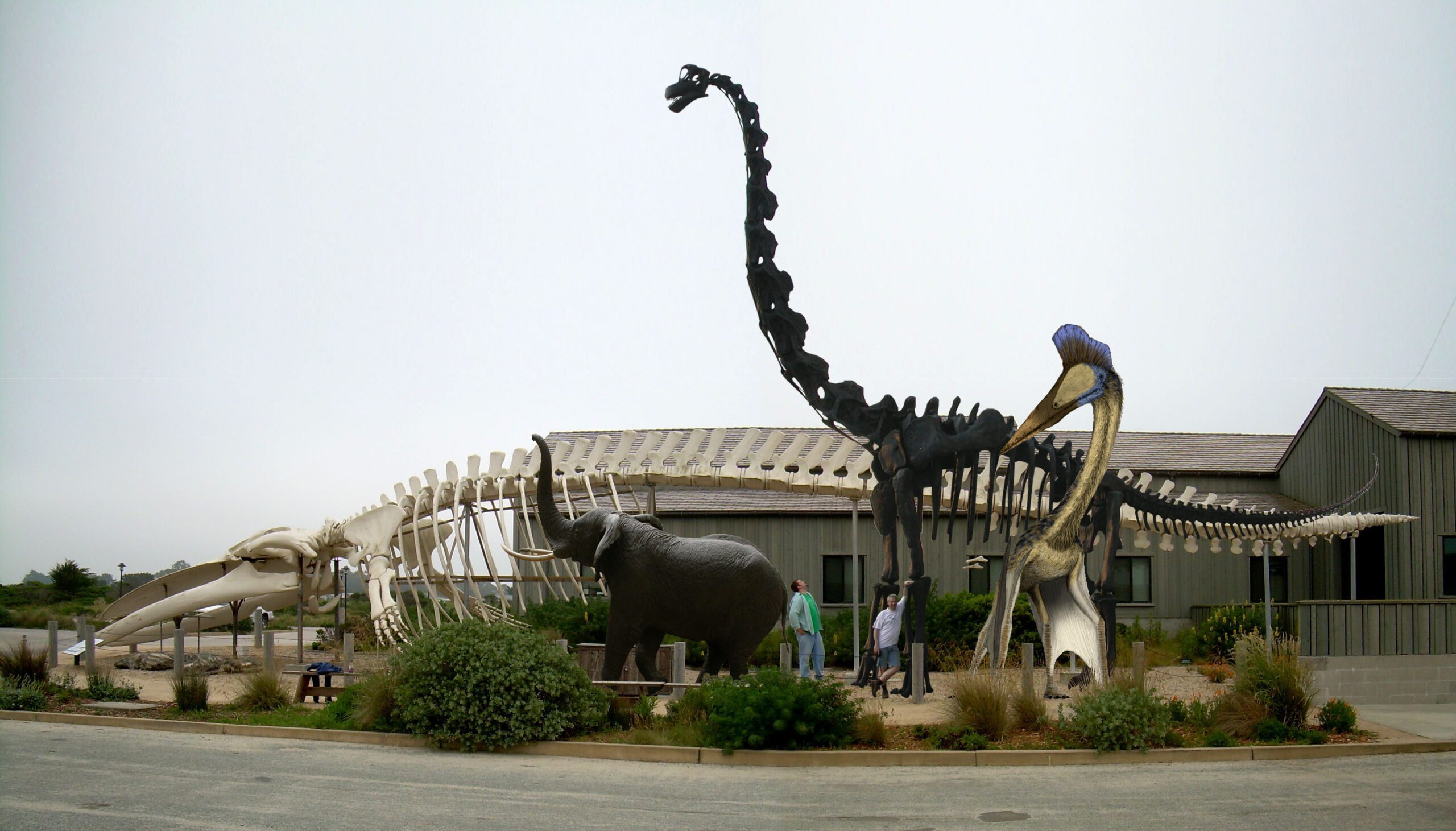The blue whale and elephant are both impressive animals that inhabit different environments. The blue whale is the largest mammal in the world, reaching lengths of up to 100 feet and weighing up to 200 tons, while the elephant is the largest land mammal, with a typical length of 18-24 feet and a weight of 5-14 tons. Both species have unique habitats and characteristics that make them stand out. However, they are both threatened by habitat loss, climate change, and pollution. Despite their differences, both animals serve as reminders of the incredible power and complexity of the natural world.
Introduction
When it comes to size, there are few animals that even come close to the blue whale and the elephant. Both of these majestic creatures inhabit opposite ends of the world, with blue whales residing in the cool, deep waters of the ocean and elephants roaming the hot savannas and forests of Africa and Asia. While the blue whale is the largest mammal in the world, the elephant is the largest land mammal. In this article, we will compare and contrast the blue whale and the elephant, delving into their respective sizes, habitats, and unique characteristics.
Size
When it comes to the blue whale vs. elephant in terms of size, there’s really no competition. The blue whale is the largest animal ever known to have existed, with an average length of 80-100 feet and a weight of up to 200 tons. Comparatively, the elephant is a mere giant, with a typical length of 18-24 feet and a weight ranging from 5-14 tons.
Blue Whale
The sheer mass of the blue whale is hard to fathom, with their telltale spouts shooting up to 30 feet in the air upon every breath. Despite their size, blue whales sustain themselves on a diet primarily composed of tiny krill, which they consume by filtering out the water through baleen plates in their mouths. Blue whales are an endangered species, and the current population is estimated to be around 10,000 individuals.
Elephant
While there is no denying the impressive size of the elephant, it is important to note that there are two distinct species: the African elephant and the Asian elephant. African elephants are larger overall, with their ears forming a shape resembling the African continent while the Asian elephant has straighter tusks, smaller ears, and a more rounded forehead. Elephants are strong, social creatures that communicate with each other through a range of vocalizations and non-verbal cues, such as ear flapping and trunk gestures.
Habitat
While the blue whale and the elephant live in very different environments, both of their habitats have undergone severe threats from habitat loss, climate change, and pollution.
Blue Whale
Blue whales are found in all of the world’s oceans, typically preferring colder waters where their prey is most abundant. During the summer months, you can find blue whales in the polar regions feeding on krill. In the winter, they migrate to warmer equatorial waters to breed and give birth. Despite being such massive creatures, they are elusive and difficult to observe due to their deep water habitats.
Elephant
Elephants can be found in a variety of habitats, from savannas and grasslands to forests and wetlands. Generally speaking, they prefer areas with plentiful water sources and ample vegetation. African elephants are found in 37 countries across the continent, while Asian elephants primarily inhabit India, Sri Lanka, and Southeast Asia. Both species have been heavily impacted by habitat loss due to human development and land conversion.
Unique Characteristics
While both the blue whale and the elephant are impressive animals, each has its own set of unique characteristics that make them stand out.
Blue Whale
In addition to being the largest animal in the world, blue whales also have one of the loudest voices. Their vocalizations can be heard up to 1,000 miles away and they use these sounds to communicate with other blue whales during migration and feeding. The blue whale’s heart is also the largest of any animal, weighing as much as a small car.
Elephant
Elephants have been revered for thousands of years by humans, their intelligence and emotional range often compared to that of humans. They are also a keystone species, meaning that they play a vital role in their ecosystem by creating and maintaining forests and grasslands. Elephants are known for their powerful trunks, which can be used to carry heavy loads, forage for food, and even greet other elephants. They also have a lifespan of up to 70 years, making them one of the longest-lived mammals in the world.
Conclusion
While the blue whale and the elephant are vastly different animals in many ways, they both inspire awe and respect in anyone lucky enough to observe them. Whether you see a blue whale’s massive tail fluke disappearing into the depths of the ocean, or a massive elephant majestically walking through the savanna, both of these creatures serve as a reminder of the incredible power and complexity of the natural world.
